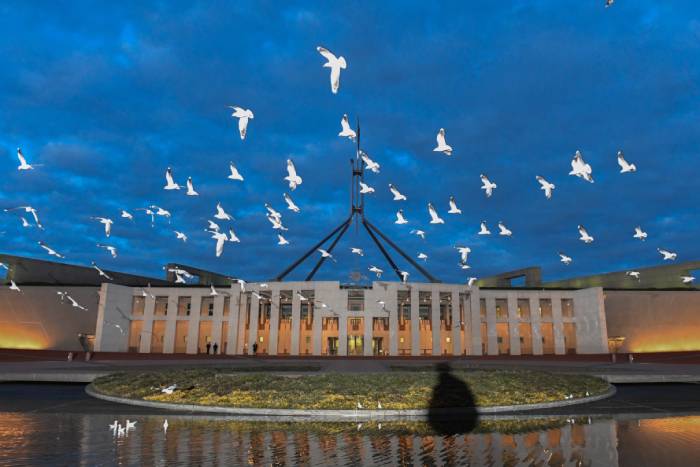Inflation is back where the Reserve Bank of Australia wants it but economists warn borrowers should not expect a Melbourne Cup day interest rate cut in response.
At 2.8 per cent, the annual headline inflation rate is at its lowest point in more than three-and-a-half years and back within the two to three per cent range pursued by the central bank.
But economists warn there’s more work to do on underlying inflation, which has taken centre stage as state and federal energy bill discounts weigh on the headline number temporarily before they expire.
The RBA board meets early next week and again in December.
While the closely watched trimmed mean measure of underlying inflation did step down to 3.5 per cent annually, from four per cent in June, EY chief economist Cherelle Murphy said it was still too high for a 2024 rate cut.
She said the RBA would “look through” the 19 per cent fall in electricity over the quarter, dragged down by the energy bill relief.
Similarly, the 6.7 per cent fall in fuel price would be largely ignored as it “tends to be volatile”.
“A tight labour market, low productivity growth and strong government spending are factors that could keep inflation elevated,” Ms Murphy said.
“These make the task of returning inflation sustainably back into the target band harder.”
EY expects rates to stay on hold until early next year.

Treasurer Jim Chalmers said energy rebates were making a “meaningful difference” in the fight against inflation but there were other wins in the dataset.
“I know our political opponents will pretend wrongly, falsely, deliberately that this is only about energy rebates,” he told reporters on Wednesday.
“Underlying inflation has come off substantially as well, and that shows broader, underlying pressures in our economy are easing considerably as well.”
He also highlighted welcome progress on the monthly inflation gauge, released by the Australian Bureau of Statistics on the same day.
In September, trimmed mean inflation hit 3.2 per cent, approaching the top of the target band.
Shadow Treasurer Angus Taylor said neither the RBA nor the public would be “hoodwinked” by the temporary power subsidies influencing the headline figures.

“The data tells us there is still a long way to go in the battle towards a strong, low inflation economy in this country,” Mr Taylor said.
He highlighted still-elevated services inflation – running at 4.6 per cent, above the June quarter’s 4.5 per cent – as evidence of persistent price pressures.
State Street Global Advisors APAC economist Krishna Bhimavarapu said there were a number of positive takeaways in the data despite subsidies weighing on the headline result.
Progress on underlying inflation, plus evidence of cooling price pressures in business surveys and other high frequency indicators, should “ideally help the RBA make a dovish pivot”.

“Delaying such a pivot might get the economy socked with prolonged below-par growth rate,” he said.
On a quarterly basis, the bureau recorded a 0.2 per cent lift in consumer prices, well down from one per cent in June.
Quarterly falls across fuel and energy offset growth elsewhere, including the 1.3 per cent rise in recreation and culture prices.
Price growth was driven by both international and domestic travel during the peak Europe travel season and school holidays.
The food and non-alcoholic beverage category rose 0.6 per cent in the quarter, reflecting higher prices for dining out and takeaway, meat and seafood, and fruit and vegetables.




















